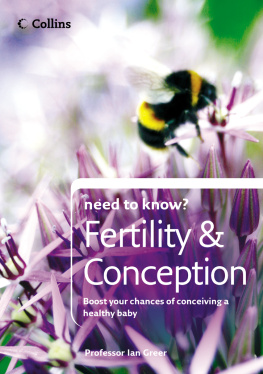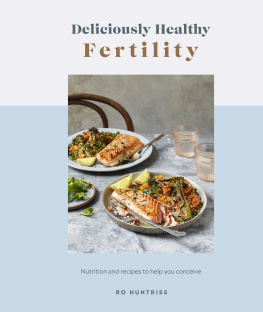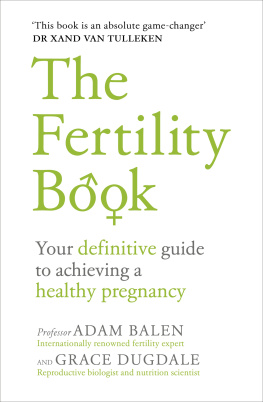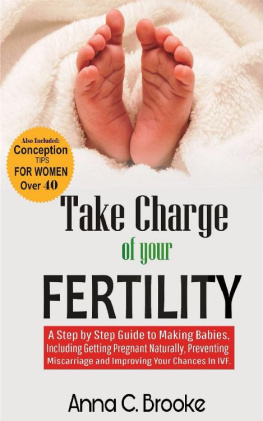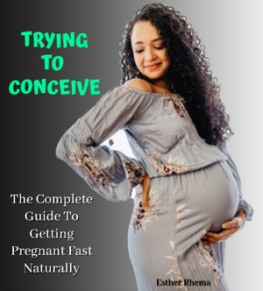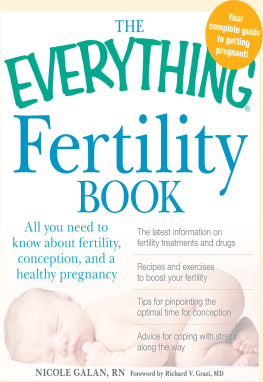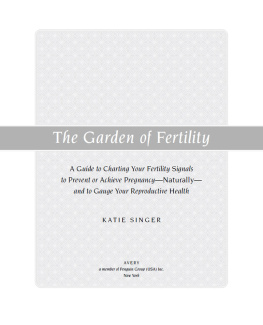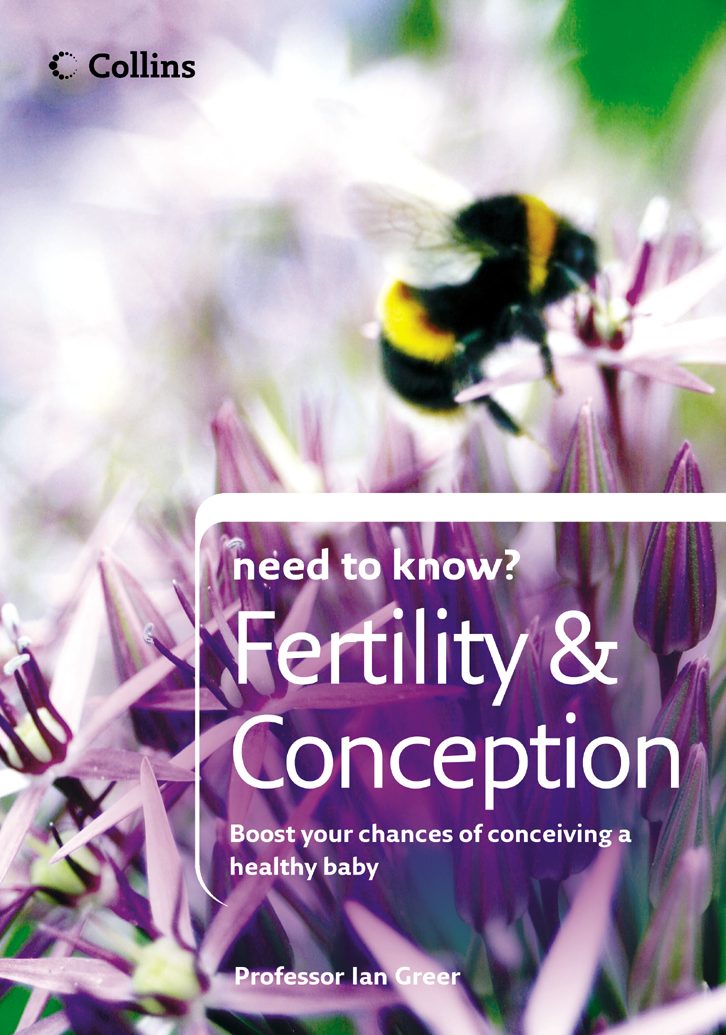Periods usually last for five to seven days. No matter whether periods are light or heavy, most of the blood is lost in the first three days. Average monthly blood loss is 30-40 ml (2-2 fl oz). Women with abnormally heavy periods lose over 80 ml (nearly 3 fl oz) of blood each time.
A woman is born with a lifetimes supply of eggs. During each menstrual cycle, FSH stimulates immature eggs contained in the ovaries to develop within small fluid-filled sacs known as follicles. Initially, several eggs begin to mature but generally only one continues to develop to full maturity. This is known as the dominant follicle. Other eggs stop developing and disintegrate. When the egg is mature, the follicle it is contained within is about 2 cm (in) in diameter. As well as nurturing a developing egg, follicles also produce the female hormone oestrogen. When oestrogen levels are optimal and the egg is fully developed, the release of luteinising hormone (LH) occurs. This surge in the LH level triggers the release of the egg. This process is called ovulation.
Ovulation deals with egg production. However, if this egg is fertilized, it needs to implant in the womb. So it is important for the womb to be prepared for a fertilized egg, and oestrogen has a role here too. Oestrogen stimulates the lining of the womb (the endometrium) to grow and thicken. After the egg is released from the ovary, the remains of the follicle that released the egg produces a
did you know?
Your cycle length
This whole process takes around a month, and so the interval between menstrual periods is most commonly about 28 days.
In some women, the cycle can occur every 21 days while in others it may take up to 35 days. So the normal range for the menstrual cycle is between 21 and 35 days.
Day 1 of a cycle is the first day on which menstrual bleeding will occur.
hormone called progesterone. (Progesterone is only made after an egg is released.) It acts on the lining of the womb by stopping its thickening at the right stage. It also improves the endometriums blood supply and makes it a suitable and comfortable environment for the fertilized egg to implant.
If a fertilized egg does not implant, the production of progesterone from the ovary falls sharply. As these hormone levels fall, the blood supply to the lining of the womb is reduced and the endometrium is shed. This results in the bleeding that we know as a period. The cycle then starts over again.
Time of ovulation
As ovulation (production of a mature egg) is essential for a regular menstrual cycle, women who have a regular cycle in the normal range are usually ovulating regularly. Conversely, women who do not ovulate regularly have irregular and usually infrequent periods.

The time of ovulation depends on the length of the menstrual cycle. If a woman has a 28-day cycle, ovulation occurs at around day 14, and if she has a 21-day cycle, ovulation occurs at around day 7. The time taken to mature an egg and ovulate can vary from woman to woman. The part of the cycle during which the egg develops is called the follicular phase, as the egg develops in a small follicle or cyst in the ovary. However, the time from ovulation to a period (if fertilization does not occur) is fixed at around 14 days. This is called the secretary phase of the cycle as the ovary makes and secretes progesterone. Provided your cycle is regular, you will be able to estimate when you will be ovulating.

The optimum time of fertility
A woman is at her most fertile in the days around ovulation, and for a 28-day cycle this would be from days 12 to 15.
To work out your fertile time, you need to estimate when ovulation will occur, which is usually 14 days before the first day on which your next period is due.
For example, lets say that your period is due to start on 24 August. Take 14 days from 24 August and this is the date around which you will ovulate. In this example, it is 10 August.
Once an egg is released, it remains viable for around a day. Allow a day or so on either side of this for minor variations in the time of ovulation. Sperm can remain viable in the womans body for around two days.
Therefore, the fertile time is estimated as being from two to three days before to two days after the estimated time of ovulation. This is the best time to try to conceive.
Some women know when they are ovulating because they feel lower abdominal pain at the time when the egg is released from the ovary. The pain is quite normal and is referred to as Mittelschmerz (from German words for middle and pain hence pain felt mid-cycle).

Its time to conceive
Many women wonder if they need to see their doctor for a health assessment before they conceive. However, no specific check-up is usually necessary if you are healthy, have no history of miscarriage, pregnancy complications or of a long-standing medical condition.
Stopping using contraception
If you have been using a form of contraception to prevent pregnancy, depending on what method this is, the length of time it might then take you to become pregnant is affected. Barrier methods do not disturb ovulation or the menstrual cycle and you can simply stop at any time. There is no need to delay attempts to conceive provided there are no other menstrual or medical problems.
must know
Smear test
Check that your cervical smear tests are up to date before conceiving. If you need treatment for an abnormal smear, this should, ideally, be carried out before you get pregnant.
If you use an intrauterine contraceptive device, or coil, for contraception then this must be removed before you try to conceive. It is probably best to delay conception until at least the next cycle as the coil may have disturbed the lining of the womb. So, after the doctor has removed the coil, you should use another technique, such as barrier contraception, until you are ready to conceive.

